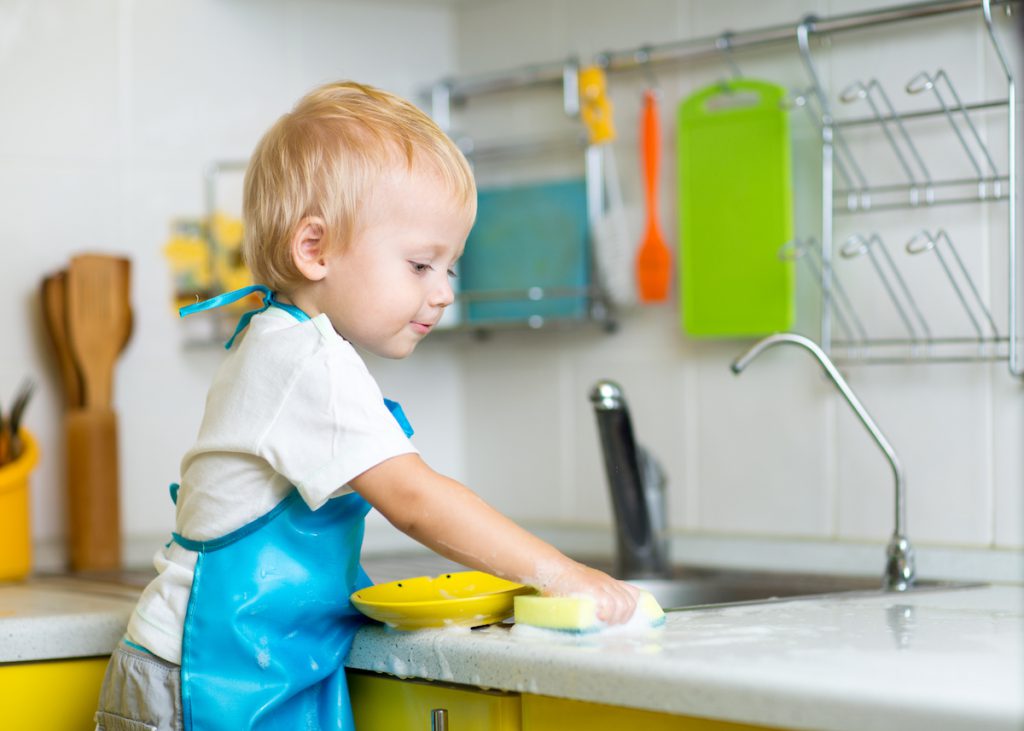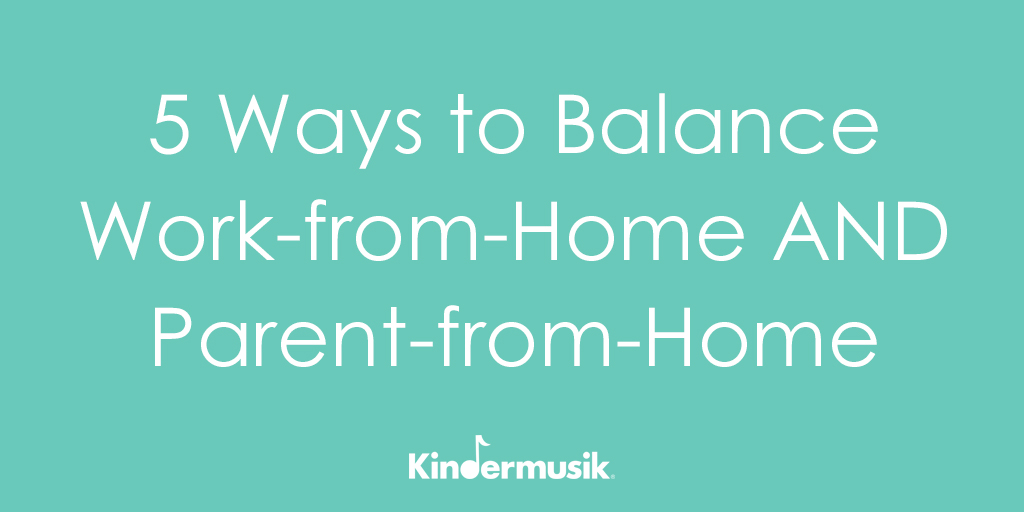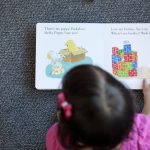5 Ways to Balance Work-from-Home AND Parent-from-Home
Even as businesses start to slowly re-open, many indoor play places remain shuttered, and sports programs are cancelled. If you’re still trying to balance life at home 24/7, check out these tips to help get you through those long summer days!
But before you start charting things out, here’s an important reminder…
Step back and breathe.
It takes time to figure out the perfect schedule for your family, and it won’t always be perfect. Factors like how many parents/caregivers are in the home during the day, the age of your child(ren), individual personalities, and work demands all affect what an ideal weekday looks like.
So, give everyone a few days (more like a week) to adjust, and be OK with tweaking how chunks of time shake out along the way. You’re making an effort, and you’re doing the best you can!

1. Create a dual schedule.
Try a two-column approach—Column A = Your Kiddo(s); Column B = Parent—and post it where everyone can see it. For baby and toddler activities, try not to extend beyond 20-minute increments (their attention spans are short!), and give yourself some padding between each one.
Extra Mile Tip: Create a “kid version” of the schedule with pictures to help little ones understand and get excited about what’s coming next. You can draw your own or use a free printable.
2. Work daily chores into the routine.
Younger children love to clean. Give them a cloth, child-safe solution (you can make a homemade one with a 1:1 ratio of water and white vinegar, and a few drops of lemon juice or a citrus essential oil), some clear surfaces to wipe and they’re set!
Extra Mile Tip: Create a personal cleaning caddy that’s just for your kiddo(s). Our “toolbelt” works just fine and it’s the first activity in our free weekly kits! Sign up to get it delivered to your inbox.

3. Balance physical activity levels.
You may not want to schedule a tricycle ride, a dance party, and a nature walk back to back. Little kids get tired, fast. So, think of their day as a gentle roller coaster. For example, after breakfast, start with art time. Next, head out for a walk. And round out the morning with some baking.
Extra Mile Tip: Play songs with different energy levels to transition to the next activity. For example, play an upbeat tune as your kiddo puts on shoes for an outside adventure or a soothing lullaby as you move closer to nap—you’ll be amazed at how much this helps!
4. Prioritize outdoor time.
Even if it’s raining, don’t be afraid to put on your gear and explore! Aim to get your little one out of the house for a few hours a day. Here’s why: everyone needs Vitamin D, it’s a natural de-stressor, and you can do everything from learning about letters with sidewalk chalk to playing tag.
5. Don’t forget the arts!
Research shows that creative outlets are critical to whole-child development and spark a passion for learning. Try not to limit “art” time to just colouring. Grab some homemade instruments (like a pot and wooden spoon) and let your child explore a steady beat, or create a sensory bag with some paint, glitter, and dried rice or beans to help change things up and boost brain power.
Extra Mile Tip: Try this stop-and-go musical activity with toddlers to work on refining self-control. It’s fun and free!
Above all, remember that this is a learning process for everyone. Good days, bad days, tired days…they’ll all still be there, but a schedule to fall back on will keep your family engaged, focused, and a little less stressed.
Need more ideas? Sign up for our weekly activity emails or join us for a class!





